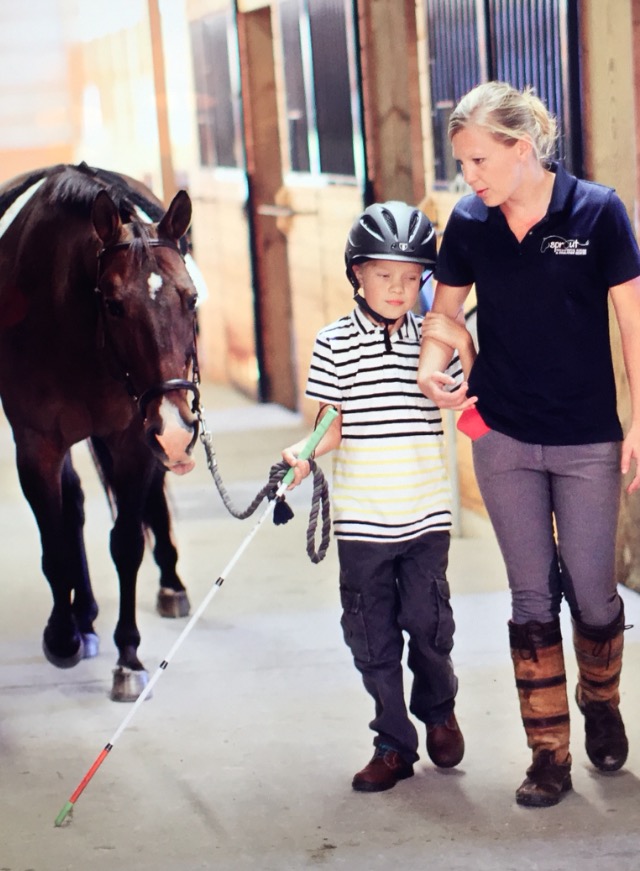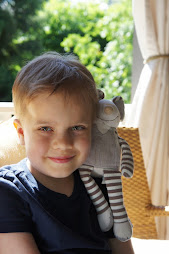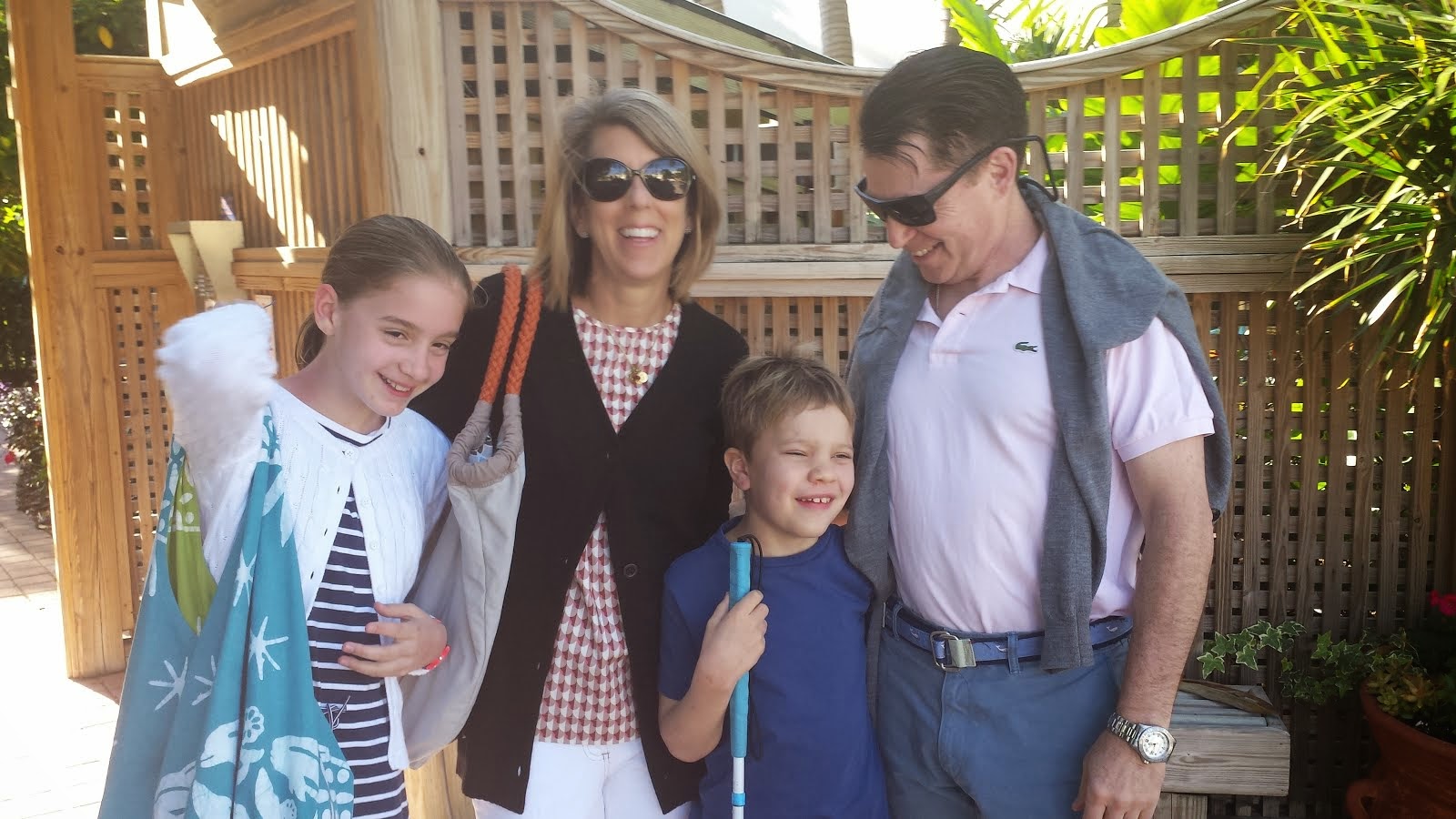JD here
It has been 2 years and 8 months since Clay's first trip to the emergency room with what we thought was a severe concussion. 24 hours and three hospitals later we learned that Clay was suffering from a slow-growing cancer called Juvenille Pilocytic Astrocytoma (JPA) which is part of a class of cancers called low-grade gliomas (PLGA's)that account for roughly 30% of pediatric brain tumors. While less is known about pediatric conditions than adult disease relatively less is known about PLGA's due to a set of factors including physical, institutional, financial and legal. What is known about PLGA's is that while there is no cure for the disease many children survive the disease by using a combination of chemo and radio therapies to contain its growth until maturation to adulthood when the cell mysteriously stops mutating. Evidence of the lack of medical understanding of PLGAs is that the first line of defense is a chemo protocol that is over sixty years old.
It is not uncommon for PLGA kids to undergo chemo therapy for a period of time and then to experience multi-year periods of stability. Renewed growth is countered by a new chemo protocol. The trick in SUCCESSFULLY managing the disease is to contain the growth in a way that the cumulative impact of the disease AND the therapies does not severely impair the child.
Unfortunately for Clay his disease has not followed the rules of PLGAs. This tumor-type rarely bleeds; Clay's first presented itself through a hemorrhage. The tumors grow but rarely spread; Clay's disease had gone beyond the large mass in his brain to include a sheathing around his spinal cord when first diagnosed. Clay has another confounding genetic condition called NF1 that which can interact with the disease and/or chemo in unknown ways.
It took 2 years and three different chemo protocols to bring a period of stability to the disease which lasted a mere 3-4months. We shared with you Clay's six-month scan showed new growth and increased pressure on his spine resulting in "fraying" of spinal cord which the docs surmised was from blockage of spinal fluid from the disease. As you know Clay already has a brain shunt to relieve the cranial pressure from the main tumor; there is an equivalent surgical implant for the spine which Clay may need to endure.
At this time we did another round of consults with the few experts on this disease and found that there was no consensus on next step for Clay. We decided that we would enroll Clay in a clinical trial at Johns Hopkins for a biologic agent, Sorafenib that has shown some real treatment promise. Sorafenib had been developed and approved for a form of melanoma and was being studied for its safety and effectiveness with PLGA's because this type of melanoma and PLGA's share a similar cellular mutation. Sorafenib was designed to disrupt the "signal pathway" for this mutation which in theory should disrupt the growth of the cells. After two weeks of paper-work, diagnostics and a full day at Hopkins with the drug in Mary's purse ready to walk out and begin the protocol, the lead institution of the trial, NYU called Hopkins and pulled Clay from the trial due to his history of hemorrhage. At the eleventh hour Mary and the Hopkins docs switched Clay to another experimental agent (RAD 001) which has similar qualities as Sorafenib.
At this time Clay described his eyes as being "fuzzy" followed a week later by nearly 90% loss of vision. Suddenly Clay was able to distinguish only the largest contrasts; his ability to navigate the bathroom or his dinner plate was gone. He was literally smacking into walls and going down stairs on his bottom. The "hope" was that the vision loss was due to the new drug --which if the case would allow the vision to return after cessation of treatment. This proved not to be the case and the latest MRI---taken a mere six weeks later brought us very disturbing news. The disease had progressed roughly 25% since the last MRI with advance in both the main tumor area, the spinal column and possible two new spots in the brain.
Clay's coordinating physician, Dr. Roger Packer (truly one of the top 5 authorities on this disease) did not spare us his concerns. The speed of the advance was "highly uncharacteristic". It is "rare" for this type of cell-type to mutate into a "more aggressive form" but not "unheard-of". Packer used the terms "proving to be chemo-resistant" and "on the verge of snow-balling out of control". While he was clear not to present this as his prognosis at this time, he did suggest we contemplate many new scenarios such as massive radiation(which would most certainly leave Clay significantly damaged) and "end-stage situations".
Dr. Packer recommended and we agreed to a chemotherapy protocol combination of Avastin and CPT11 which has shown some very good results in providing a quick punch to the disease. The down-side to the drug is that the shrinkage does not last all that long and when growth returns it is usually fairly strong. In addition, one of the side-effect risks is especially dangerous to Clay. Avastin is effective because it "goes after" the blood supply to the disease. For a kid with a history of hemorrhage this increases the danger 100-fold. With the enemy making such inroads we felt we had no choice but to throw everything at it we have at it in hopes to stop the momentum . So on Thursday Clay began this new treatment.
Now for some good news. First, Clay did not have an allergic reaction to the new drugs and the side-effects are so far manageable. This is HUGE because it means we can continue the treatment and give it a chance to work. And on his vision----he was prescribed a powerful steroid to give this blood vessels and nerves a "boost" and that alone has produced some vision improvement. What this means is that Clay's vision "machinery" still has some capability so if the Avastin/CPT11 succeeds in pushing back the disease he could regain greater vision function.
Along with the steadfast support of you, our family and friends, this bit of good news has cheered us greatly. Through it all Clay has been in remarkably good spirits and there is no way you could tell from his attitude that he was not your typical 6-year old excited about Christmas. We are hopeful for more good news over the coming weeks and Clay's docs think it reasonable to be hopeful. It is not lost on us the powerful symbolism of this time of year and we look forward to re-telling the story of Clay's Christmas Miracle in the many years to come.
From the pure of heart:
Clay to the nurse as she is preparing him for his latest MRI (which includes full, intravenous sedation): "Don't worry, Mouse-y and I are excellent at this!"
Grace, when asked what she wants for Christmas: "What I really want is for Clay to see again."
Clay, while strapped to the drug infusion machine at the clinic: "Daddy, when you and I are in heaven will you spread your blanket next to mine?"
May you all have a blessed Christmas and holiday season.
Saturday, December 24, 2011
Tuesday, December 20, 2011
Please pray for Clay
We could really use your prayers this week. Clay has lost much of his vision, and the doctors feel it is due to tumor progression. We have stopped the oral medication and are switching this week to what the doctor feels is his best shot for regaining some vision and stopping the progression. Today Clay is having another MRI to rule out a hemorrhage. Tomorrow he will have a PICC line placed, and Thursday he will start this new chemotherapy. Please keep him in your thoughts as we pray for a Christmas miracle to restore our boy, who just turned 6 last week.
Sunday, December 4, 2011
New Protocol
Thank you for all of the e-mails wishing us good luck on Friday. It was a very long day at Hopkins -- we left the house at 8 a.m. and got home at 8 p.m. Things were moving along fairly well on schedule until about 3 p.m. The trial we were signing up for had been approved that day, and I was going over the potential drug side effects with the researcher when the final word came in from NYU (the lead hospital for the trial) that Clay was ineligible for the trial. Since his tumor hemorrhaged once, they decided it was too high risk to include him in the trial for fear that it could happen again (an unlikely, but serious side effect of the drug). At that point Clay had had an MRI, x-ray, physical exam, and blood tests done. So, we switched gears and starting discussing plan B. Another oral drug that is meant to switch off what is making this tumor grow. This drug is also in clinical trial, but the trial is closed, so we are doing the drug "off-trial." Enough kids have been enrolled in the trial and are doing well, and bleeding is not a potential side-effect. So for now this is the protocol for Clay and we pray it does what it needs to do. For now we will have weekly appointments to check his blood work, and if all goes ok, another MRI in three months. A special thanks to my mom for keeping Clay happy for hours while I met with the doctors.
Subscribe to:
Posts (Atom)



